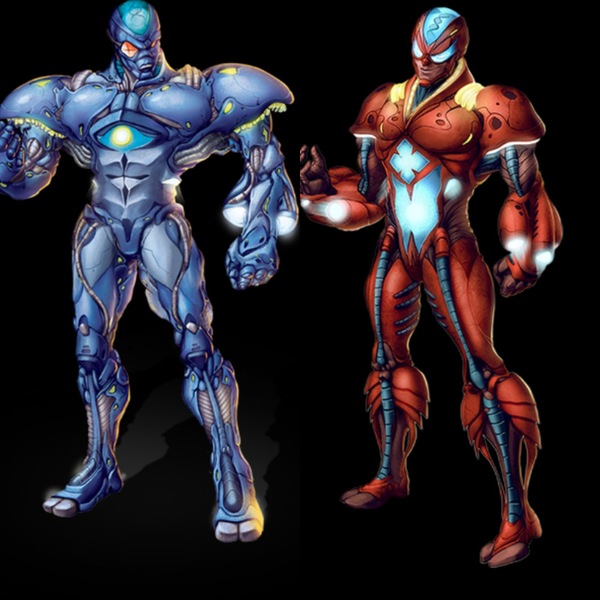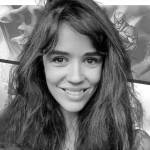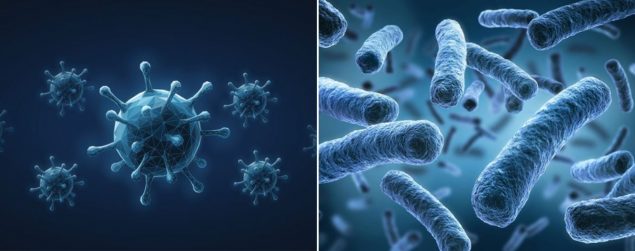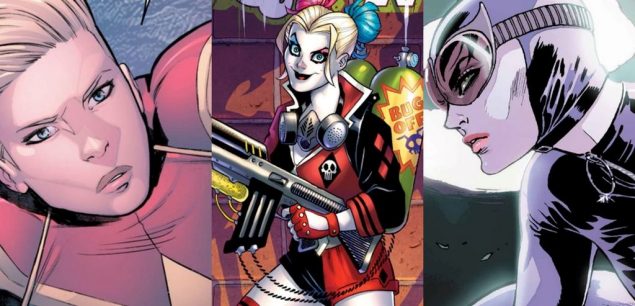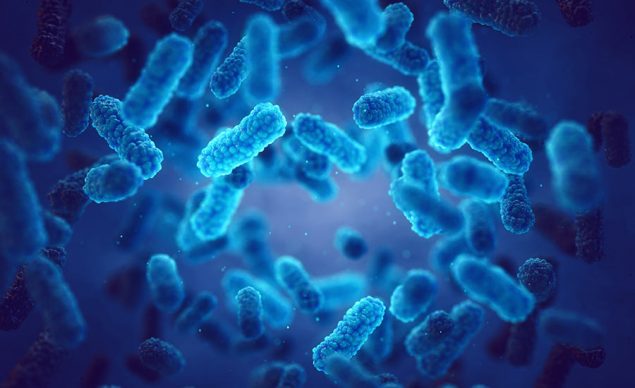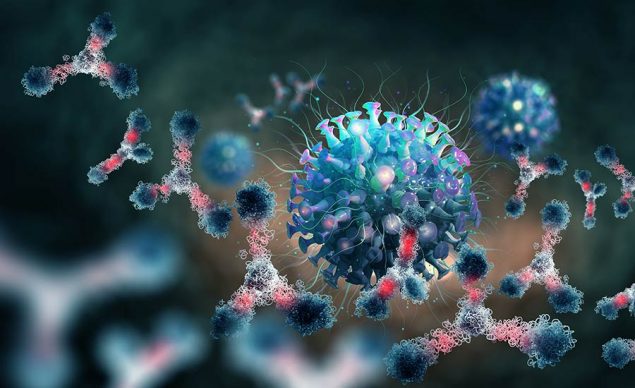Related Resources
Our bodies produce up to 10 billion B-Cells every day. But when we catch a cold, the total count of all lymphocytes, including B-Cells, increases.
The moment our body is under attack, our immune system activates legions of sentinel cells and instructs them to fight off viruses and bacteria, and other pathogens trying to harm us.
The same thing occurs in the BioCosmos. BioWarriors Blastor and Humron and their B-Cell soldiers run to the battlefield to face the attackers who wish to harm guys like Alex, BioWars comic book’s main human protagonist.
But what are B-Cells exactly? Why are they so important for our well-being?
Let’s meet these brave warriors and learn what they do and how they help Alex and all of us stay healthy.
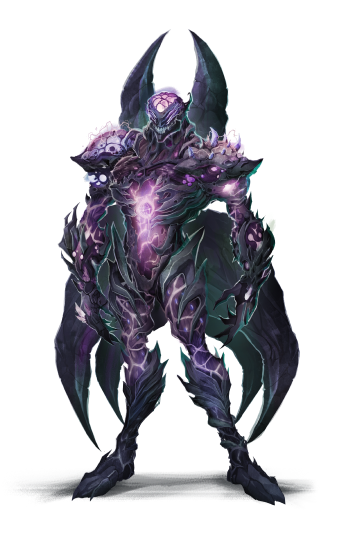
What Are B-Cells?
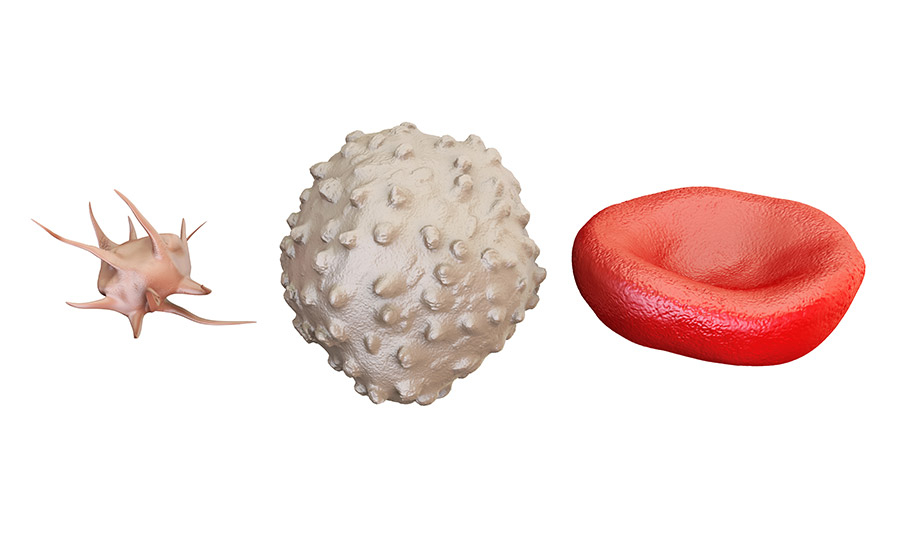
Before we delve into the talk about B-Cells, we must explain what types of cells constitute our blood.
Human blood cells can be divided into three most important types:
- Red blood cells (RBC) or erythrocytes: These cells are in charge of transporting oxygen to the tissues in your body; on their way back to the lungs, they carry carbon dioxide for you to exhale it
- Platelets or thrombocytes: These remarkable warriors help wounds heal and stop bleeding so you don’t lose too much blood when hurt
- White blood cells (WBC) or leukocytes: They are in charge of protecting your immune system and helping you fight off viruses, bacteria, and other foreign bodies that may cause you harm.
Courageous B-Cells rush to protect you when intruders, such as viruses and harmful bacteria, enter your body. The bad behavior of these tiny germs can sometimes make you feel sick and cause you a sore throat and stuffy nose. But B-Cells, alongside other Biowarriors and your autonomic nervous system, fight hard to prevent that from happening!
So, could you guess which blood cell type B-Cells belong to?
B-Cells are a type of white blood cells! They are sometimes called B-lymphocytes because they belong to the lymphocyte subtype. They constitute around 15 to 25% of lymphocytes.
Our blood contains three types of lymphocytes:
- B-Cells: These cells are responsible for the producing antibodies
- T-Cells: Gamma-9 and fellow T-Cells squad kill infected attackers and produce substances that stimulate other immune cells to join the war raging within your body
- Natural Killer (NK) Cells: BioWarriors Cid, Syrinx and other NK cells represent our body’s elite forces that launch merciless cytotoxic blasts at cancerous, infected and damaged cells.
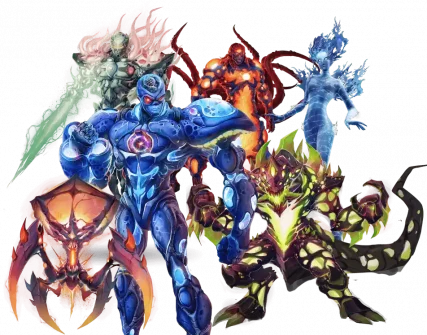
Where Are B-Cells Made?
B-Cells are produced in the bone marrow – the soft, gelatinous tissue inside our bones.
Our bone marrow is a pretty remarkable thing in and of itself because it creates the so-called hematopoietic stem cells (HSCs).
Now, don’t let these big words scare you away!
Essentially, what you should know about HSCs is that they generate all types of blood cells, including erythrocytes, thrombocytes and leukocytes.
Once B-Cells fully develop, they stay in the bone marrow to mature and maturing for B-cells means getting ready to fight off germs!
Think of the development of B-Cells as them becoming of age and of maturing of B-Cells as them entering a bootcamp to prepare for their first mission. In this bootcamp which is located in the bone marrow, B-Cells get weapons to use in battles – the so-called receptors.
Our body then puts the B-Cells to a test to check how mature they are and how well their receptors work.
B-Cells whose receptors function well (i.e., are ready to bind to the menacing germs to stop them from spreading) go through the process of positive selection. They continue their journey to the lymph to secondary lymphoid organs (SLOs) such as the lymph nodes and the spleen, where they await to be recruited for battle.
Some B-Cells just can’t make it though. They start to see everything as a threat, even the good bacteria. And that can further lead to the development of autoimmune diseases – the condition in which our body mistakenly perceives healthy tissues as a threat and starts attacking them.
So, to prevent that from happening, our body takes care of the self-reacting B-Cells through negative selection. During this process, three things can occur:
- Our body kicks the B-Cells off the bootcamp and instructs them to self-destruct (this process is called apoptosis)
- The immune system modifies the receptors so they don’t target the good guys anymore
- Self-reactive B-Cells go in the state of anergy, i.e., they become lethargic and unresponsive
Why Are B-Cells Important?
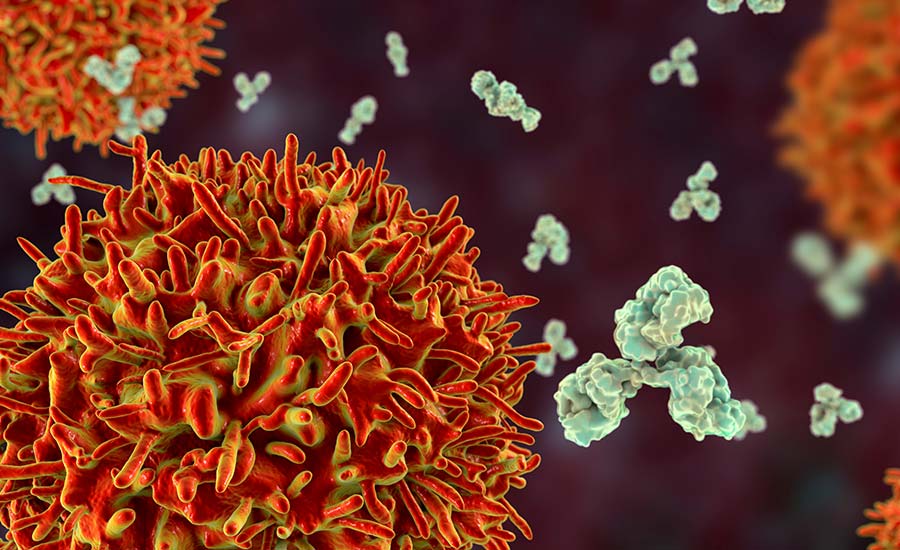
Now that you know what B-cells are and where they’re produced, let’s find out why they are so important for our body.
B-Cells play one of the key roles in our immune system because they release antibodies into our blood.
Antibodies are the protective Y-shaped proteins. Some of them stay on the surface of B-Cells while others end up in the extracellular space.
Now, B-cells can’t just make as many antibody types as they like. In fact, each B-Cell can create only one type of antibody!
When B-Cells commanders Blastor, Humron and their legion of B-Cells detect dangerous pathogens, their antibodies bind themselves to antigens, i.e., molecules found on the surface of pathogens. They do so to neutralize and annihilate the enemies.
The minuscule part of the antibody that connects to the antigen is called the paratope, while the section of antigen that binds to the antibody is known as the epitope. Each paratope can recognize and bind only to a specific epitope, i.e., each antibody can attach itself only to a specific antigen!
This means that antibodies your body creates against a virus such as COVID-19 won’t be able to destroy unrelated influenza viruses because their paratopes and epitopes don’t match.
Aside from binding to antigens, B-Cells can also produce cytokines – the tiny molecules that enable cells to communicate with each other. These cytokines tell other immune system cells to jump into the battle and do their best to keep you healthy.
The production of cytokines triggers inflammation in your body and can sometimes cause redness, fever, runny nose and other not-so-welcome symptoms.
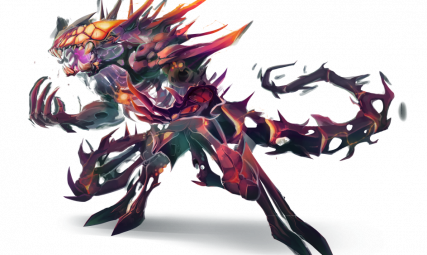
How Can B-Cells Recognize Antigens?
Blastor and his hard-working brigade of B-Cells can recognize and destroy antigens from countless viruses, germs and bacteria.
The protein molecules that help them recognize specific antigens and decide which B-Cell soldiers should attack them are called immunoglobulins (Ig).
Immunoglobulins are placed on the surface of B-Cells which is why they’re also known as B-Cell receptors (BCRs).
BCRs can identify antigens by their specific shape and tell Blastor which B-Cell soldier should perform the attack.
How Are B-Cells Activated?
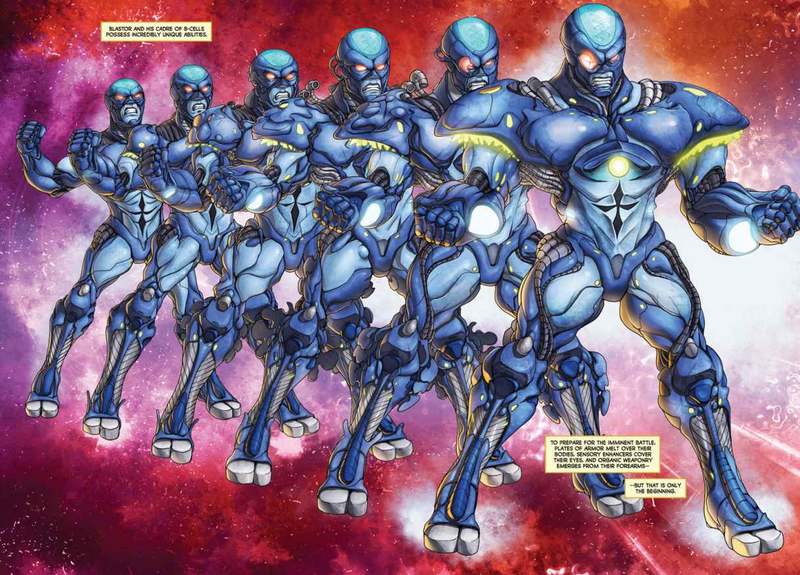
Once B-Cells mature in the bone marrow, they travel via blood to the lymph nodes and the spleen, i.e., the secondary lymphoid organs (SLOs).
When antigens invade our body, the lymph brings them over to SLOs, where paratopes bind to specific epitopes. This is the moment B-Cells activate!
And, before B-Cells start battling infections, they must become active. For this to happen, antibodies and antigens must connect!
However, in most cases, B-Cells need two signals to activate.
Antigens send one signal, while the other originates from helper T-Cells.
Units that can jump into a fight against the enemy upon receiving a signal from antigens are a part of the T-Cell-independent immune response.
Some B-Cell soldiers await for the helper T-Cell’s command to launch their attack and we call this the T-Cell-dependent immune response.
In either case, as soon as the new sentinels join the immune system’s army, one of the most remarkable things in immunology occurs – B-Cells differentiate and start to clone themselves!
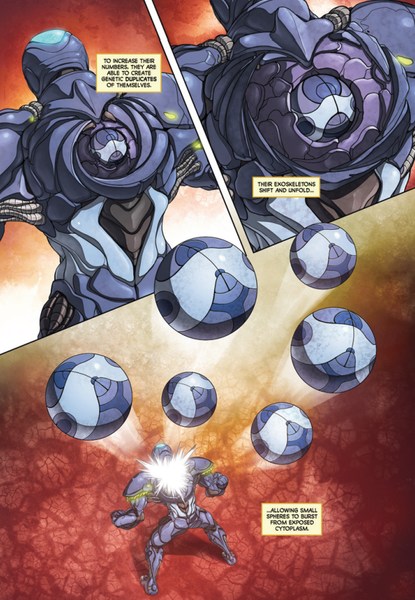
What Happens During Clonal Expansion Of B-Cells?
When parent cells clone, they create daughter cells that bind with the same type of antigen as the original B-Cell.
During the process of clonal expansion, B-Cells make two types of daughter cells: plasma cells and memory cells (you’ll meet them soon!).
There is an interesting theory about clonal selection which suggests that something fascinating happens right before B-cells clone.
According to the clonal selection theory, our bodies make a myriad of antibodies during our life even before infections happen. When a dangerous antigen comes into our blood, our immune system selects a particular type of antibody to destroy it. This is when, according to this theory, clonal expansion occurs.
What Types of B-Cells Exist?
B-Cells can be divided into four main types:
- Transitional B-Cells
- Naïve B-Cells
- Plasma B-Cells
- Memory B-Cells.
Transitional B-Cells
We call B-Cells “transitional” when they reach their intermediate stage, i.e., when they find themselves between immature cells in the bone marrow and mature cells in the spleen.
This is the stage when they enter the bootcamp in the bone marrow.
Transitional B-Cells don’t have antibodies and can’t fight against antigens.
B-Cells that successfully passed the bootcamp gradually turn into naïve B-Cells.
Naïve B-Cells
Naïve B-Cells are the transitional B-Cells that have matured in SLOs but have not yet encountered antigens.
As soon as B-Cells bind to an antigen and become active, they develop either into plasma cells or memory cells.
Plasma B-Cells
Plasma B-Cells cells or effector cells are made during the primary immune response to the presence of an antigen. They launch huge amounts of antibodies at the enemy in an attempt to stop the infection from spreading further.
Memory B-Cells
Memory B-Cells retain information about specific pathogens and protect our bodies against future infections caused by the same type of imposters. They play a key role in developing long-term immunity in our body.
What Is The Difference Between B-Cells And T-Cells?
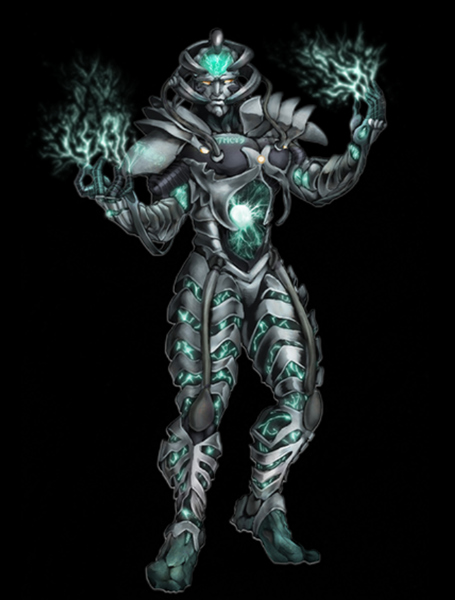
Even though both Blastor and Gamma-9 originated from the bone marrow, their paths separated shortly after they were formed.
Blastor and his B-Cells stayed in the bone marrow to mature while Gamma-9 and her fellow T-Cells matured in the thymus – a gland between our lungs. In the thymus, T-Cells train, mature, and turn into warriors of our immune system.
The main difference between these two types of lymphocytes is that B-Cells can connect to antigens of both viruses and bacteria, while T-Cells can only attach to viral antigens outside of infected cells.
Unlike the B-Cells that produce antibodies, T-Cells secret the so-called lymphokines – cytokines that encourage other immune cells to fight pathogens.
T-Cells also far outnumber B-cells – they constitute approximately 80% of lymphocytes.
So, What Are B-Cells? Let’s Recap!
B-Cells are the courageous protectors of our health willing to face viruses, bacteria, germs and any other pathogens attempting to hurt us.
Their fascinating ability to produce antibodies keeps our immune system strong and helps us stay healthy and safe.
Blastor and Humron personify the lionhearted leaders that command B-Cells into battles, instructing them to do whatever it takes to prevent intruders from progressing.
So, the next time you have a runny nose, you’ll recognize that as a sign of a war between your bold white blood cells and the trespassing viruses or bacteria!

